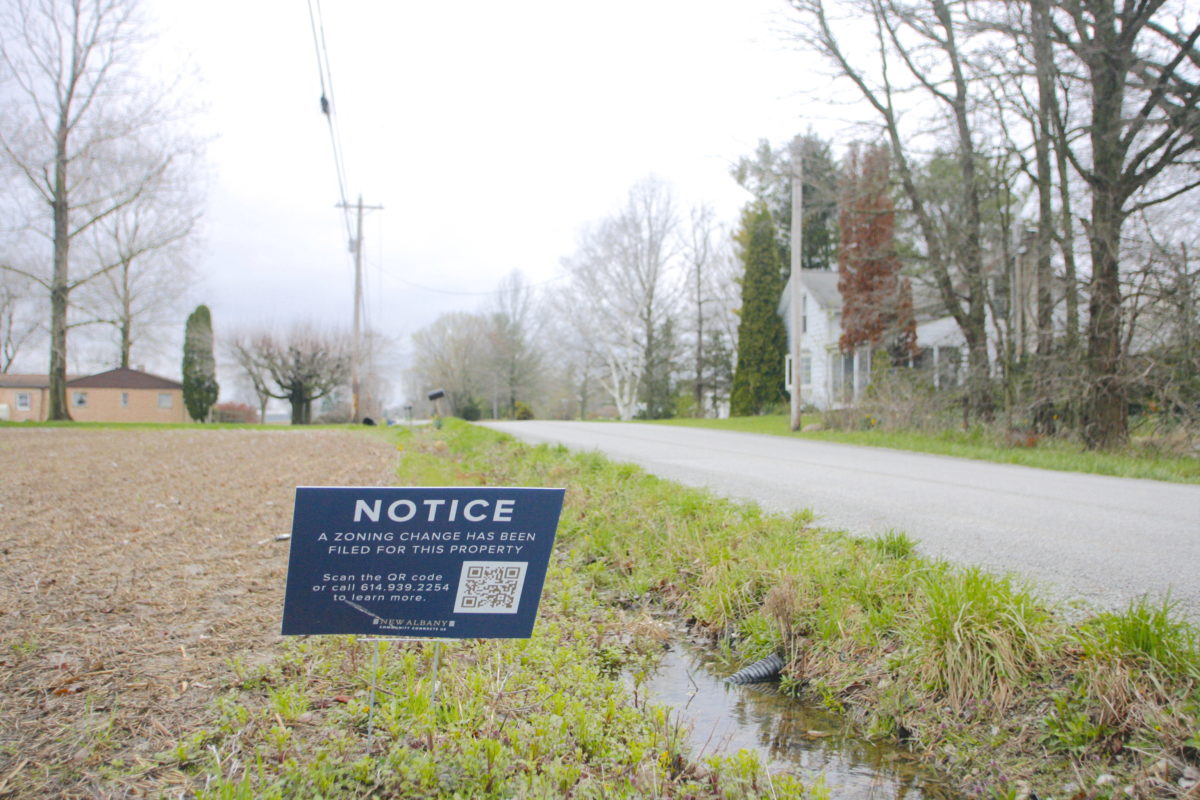This story will be updated periodically with new details about Intel in Licking County.
Better late than never?
As first reported by The Wall Street Journal, the Silicon Heartland project will be delayed from its original estimated completion date in 2025 to late 2026.
The original timeline has been postponed due to current market conditions and a delay in government funding from the CHIPS Act.
“While we will not meet the aggressive 2025 production goal that we anticipated when we first announced the selection of Ohio in January 2022, construction has been underway since breaking ground in late 2022 and our construction has been proceeding on schedule,” the company said in a statement.
CHIPS Ahoy!
With President Joe Biden’s State of the Union address a month away, Wall Street Journal experts predict Ohio might actually see the $20 billion expected from the CHIPS Act, officially called the Creating Helpful Incentives to Produce Semiconductors in America. With the presidential election on the horizon and Ohio a key swing state, the expectation, Wall Street Journal Experts said, is that President Biden will push the money through to use as an economic victory.
The CHIPS Act was passed in Biden’s first year in office in 2022. The CHIPS Act provides funding for semiconductor research, development, and manufacturing.
The Silicon Heartland project, along with Intel’s other endeavors in Arizona, New Mexico, and Oregon will cost more than $43.5 billion, expected to be paid for primarily by the CHIPS Act.
Overweight and Oversized
Additional equipment is needed at the Intel site in New Albany, and nearby roads will be temporarily closed down to accommodate. The equipment will be transported via 200-foot trailers at speeds of 10-15 miles per hour.
The loads will be too tall to fit under an overpass, so the motorcade will mostly affect back roads. Message boards will be roadside alerting drivers five days before the closures.
NBC4 reports that Groveport police have said 18 loads will be transported from Manchester to New Albany and may take up to nine months as the construction continues.
Emmet Anderson writes for TheReportingProject.org, the nonprofit news organization of Denison University’s Journalism program, which is sponsored in part by the Mellon Foundation and donations from readers. Sign up for The Reporting Project newsletter here.

